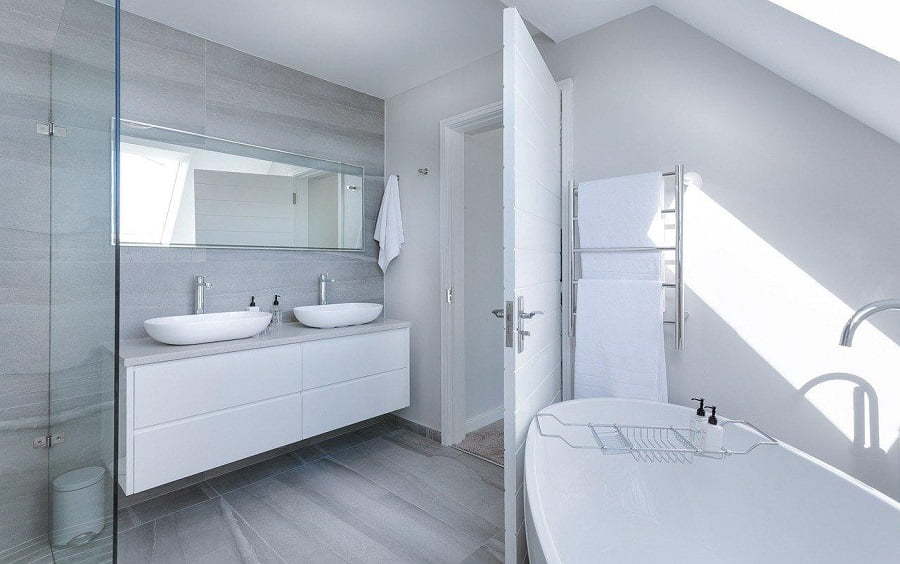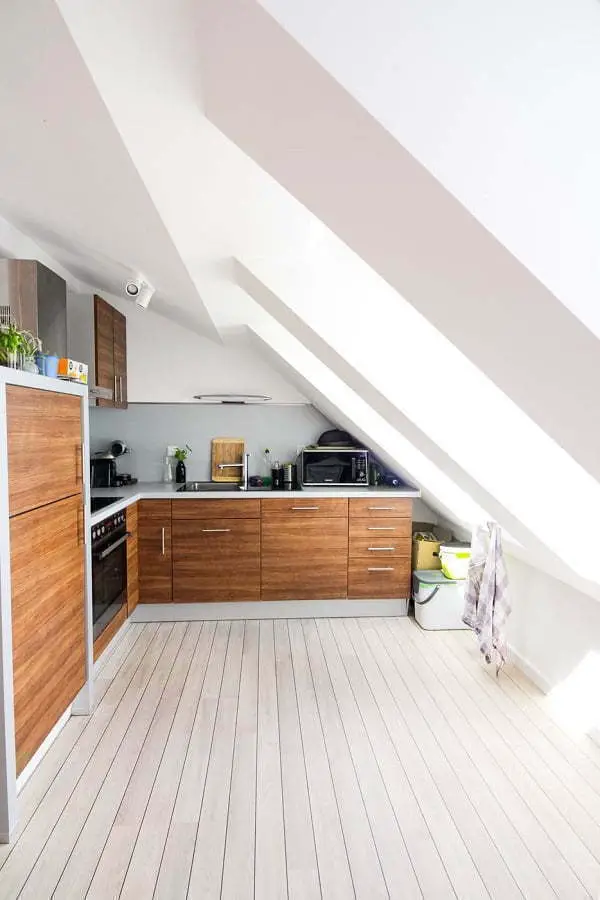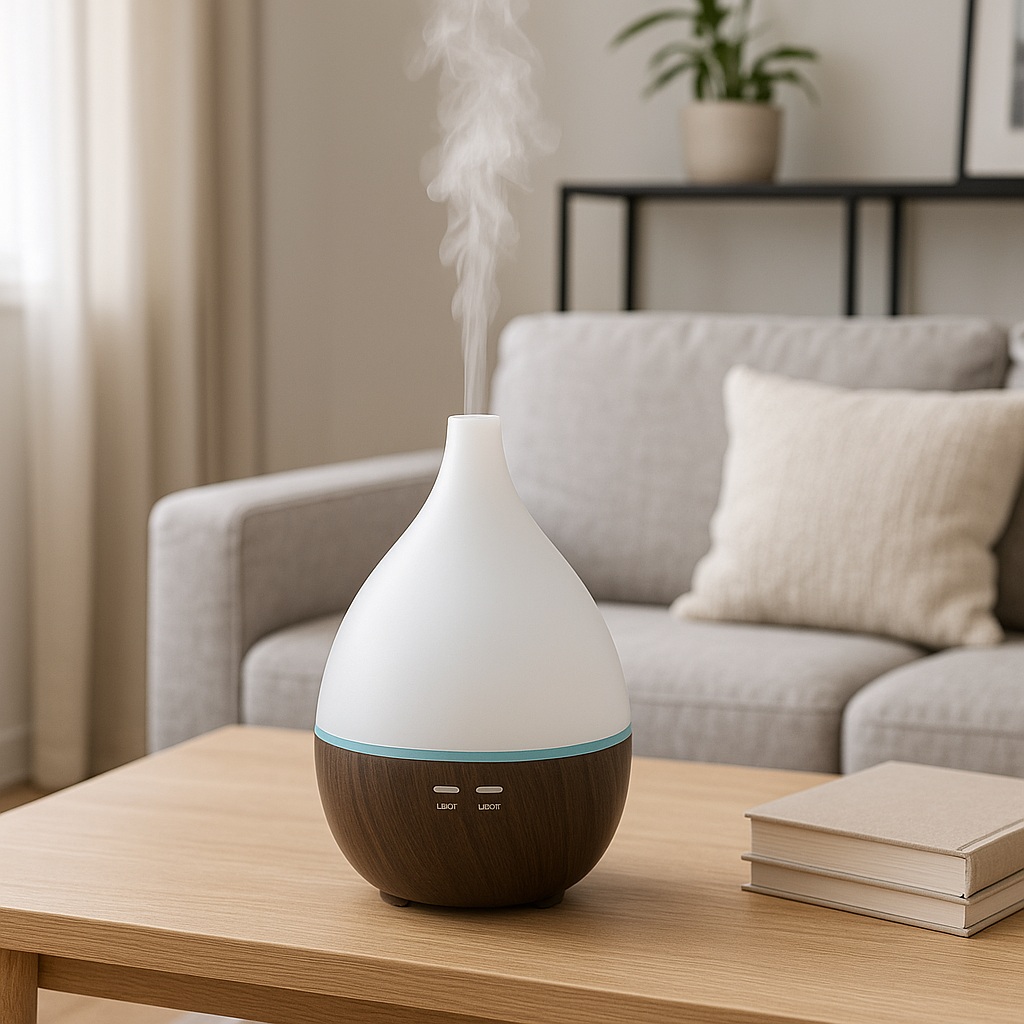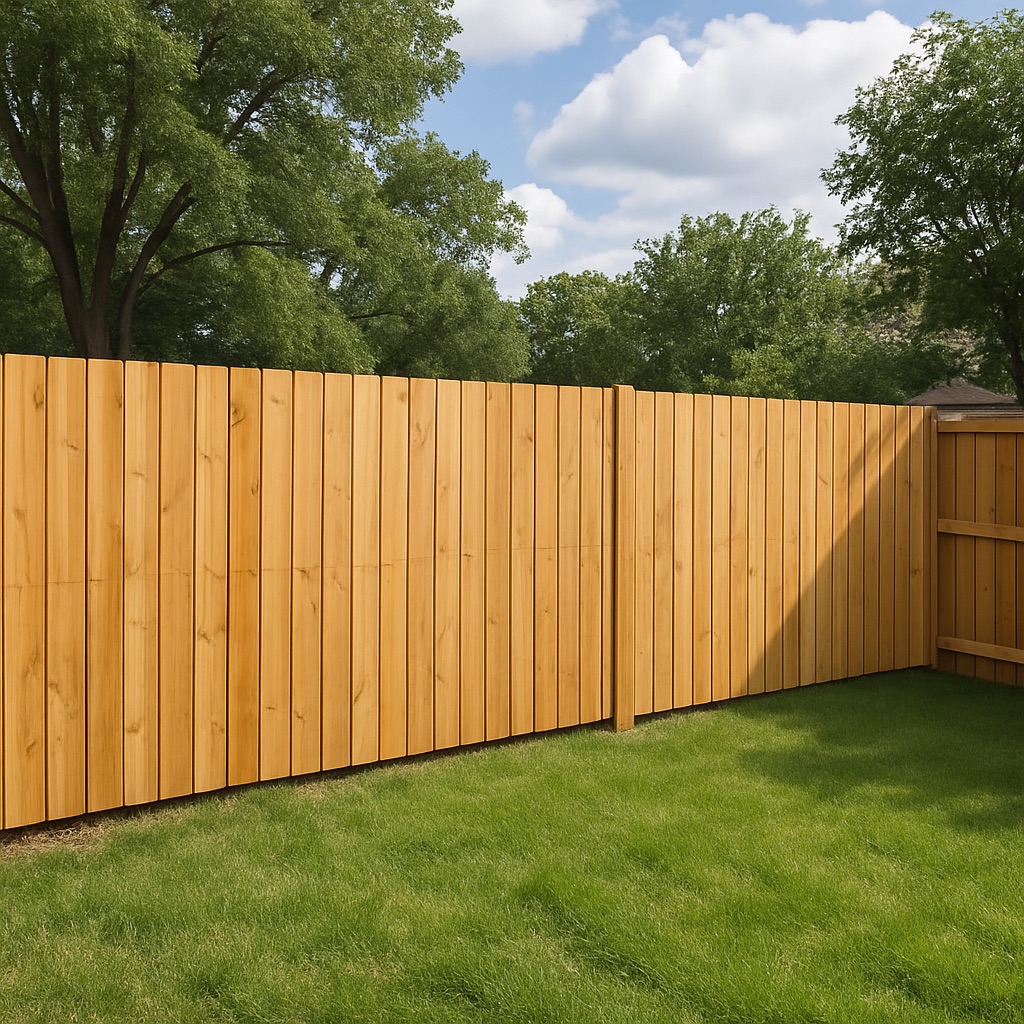Last updated on
Of all the ways to regulate your home temperature, one method is often overlooked. That’s the humble rooflight. We’re taking a look at how it can help in this article. Read on!
Throughout the year we can often complain about how cold the weather is. Then when hot weather arrives, we’ll suddenly find ourselves complaining about the heat and how uncomfortable it can be. Depending on which part of the world you live in, there will be different ways of regulating temperature and keeping your home cool when the weather does heat up.
In some countries, air conditioning units are popular while other countries use more traditional methods to regulate the temperature. Today we are going to look at how rooflights can help regulate your home’s temperature and the benefits which can come from this.
Table of Contents
Rooms Where Rooflights Are Beneficial

The first thing to remember with rooflights is that they are not suitable for every room. For most of us, if we live in a two or three-story house, there will only be some rooms where rooflights can be installed. By their very nature, rooflights need to be installed in the roof, so you need a room whose ceiling is directly connected to the roof. Rooflights work brilliantly in loft conversions and also extensions, either on the first or second-story extension where there is no additional story above. For example, a ground floor extension with a flat or slightly sloped roof, or a second-story extension built on top of an existing garage.
So, which rooms in the house can really benefit from a rooflight to help regulate temperature? The first and most obvious room is one which can get particularly hot at any time of the year, the kitchen. Kitchens can get particularly hot, and during the warmer months where the ambient temperature is higher, the heat and steam produced by cooking can make it particularly challenging to keep the room cool.
The other room which can really benefit from having a rooflight to help regulate the temperature in is the bathroom. When taking a shower or bath, the air temperature in the bathroom can rise because of the hot water coming into the room. During months when it’s warmer in general, this can actually make the bathroom a bit uncomfortable for anyone using it after someone has had a bath or shower. For this reason, being able to regulate the temperature quickly is vital.
While we have highlighted the bathroom and the kitchen as rooms that can benefit from having a rooflight added to them, this does not mean they are the only ones. As mentioned, rooflights work brilliantly in loft conversions, and although this article is focussing on temperature regulation, it should not go without saying that rooflights are fantastic at increasing natural light in a room. For loft conversions where it can often not always be possible to add traditional vertical windows, rooflights are an excellent alternative.
How Do They Help Regulate Temperature?

The main way rooflights help to regulate temperature is by allowing you to reduce the amount of hot air within a room. You may think that traditional windows do this as well and in some regard you are correct. However, there is a crucial difference between conventional vertical windows and rooflights. As rooflights are located on the ceiling, they are closer to the hot air within a room.
Hot air rises. This is because when air heats up, it expands and becomes less dense. This lower density causes the hot air to rise and sit above the colder air in a room or space. While it may seem as though an entire room in your home is really warm, in reality, it is warmer closer to the ceiling than it is at the floor.
This brings us back to why rooflights can be so effective at regulating the temperature in rooms. As they are positioned on the ceiling, they are ideally placed to allow the hot air in rooms to escape and bring the temperature of the room down.
Going back to the rooms they work particularly well in, the bathroom and the kitchen can both be rooms which produce a large amount of steam, from cooking, baths and showers. Having a rooflight allows you to immediately provide the steam with somewhere to get out of the room as it rises.
The other benefit with rooflights is that, just as with most other windows, you can alter the amount that it is opened. This provides you with a way to further control the temperature of a room. Depending on how hot the room has become, you can vary the amount that the window is open.
Keeping Heat In

It is important to remember that while the majority of this article has focused on how rooflights can lower the temperature within a room, they are also able to keep heat in. The quality of a rooflight, just like other windows, will impact the room’s ability to retain heat when it is cold. Making sure that you are not installing a rooflight that will lose heat is important, so looking into double glazed options is a good idea.
Rooflights can actually help warm up rooms when needed. We have all experienced the heat when you sit next to a window on a sunny day and the increase in temperature which can come from it. A perfect example of this is going into a conservatory during the summer and feeling the temperature difference between there and other rooms in a home which have fewer windows. By adding a rooflight to a room, you are providing another way for natural light to enter and heat the room.
Additional Benefits

There are two other key benefits which can come from adding rooflights to your home. Firstly, as rooflights are a popular feature in modern homes, deciding to add one to your home could increase the value of the property when it comes time to sell your home. Secondly, with the ability to regulate the temperature by just opening a window or allowing it to help heat the room with natural light, you could reduce your electric and heating bills. By regulating the temp naturally, just by opening a window, this reduces the need to run fans or an air-conditioning system. Similarly, if the room is warmer because of more natural light coming in, this can reduce the time you need to keep heating systems running, such as central heating or plug-in heaters.
Hopefully, this article has provided you with more information on how rooflights can help regulate the temperature in your home, along with the other benefits which could come from adding rooflights.




